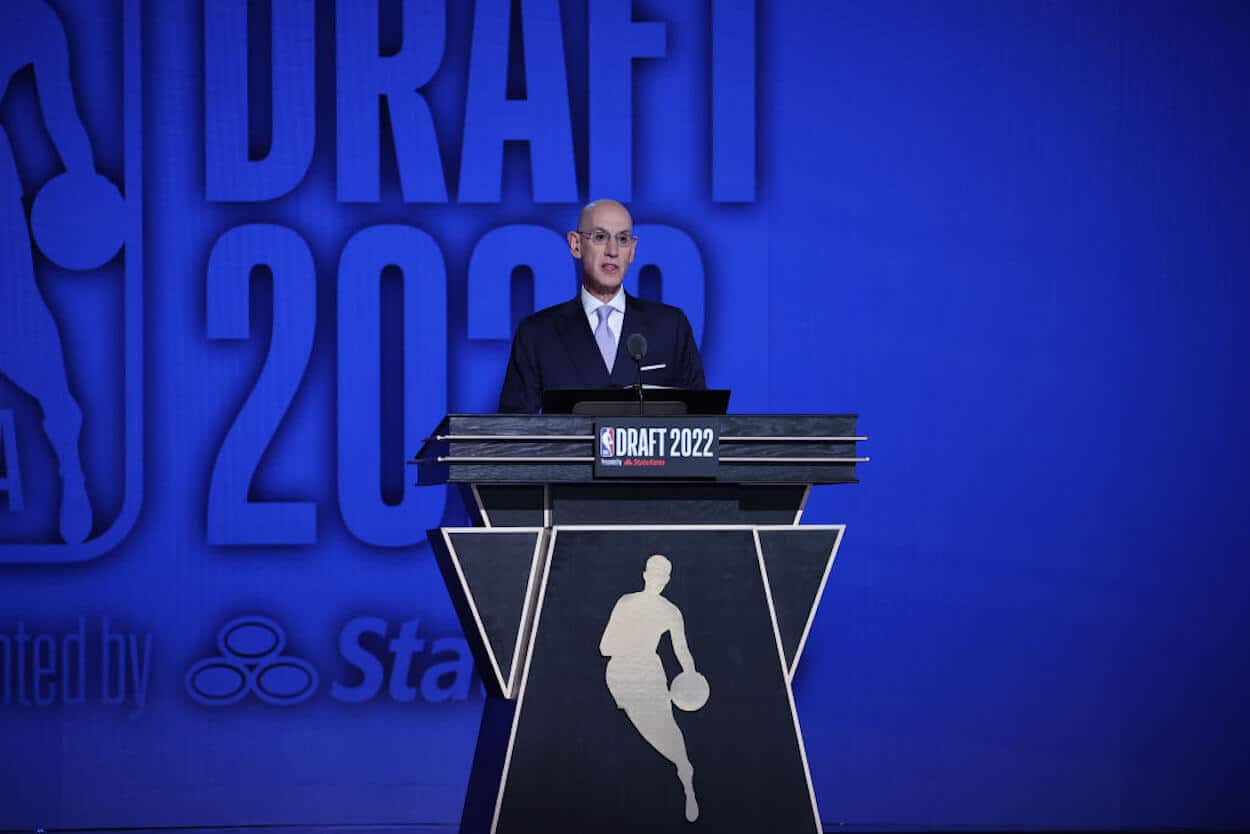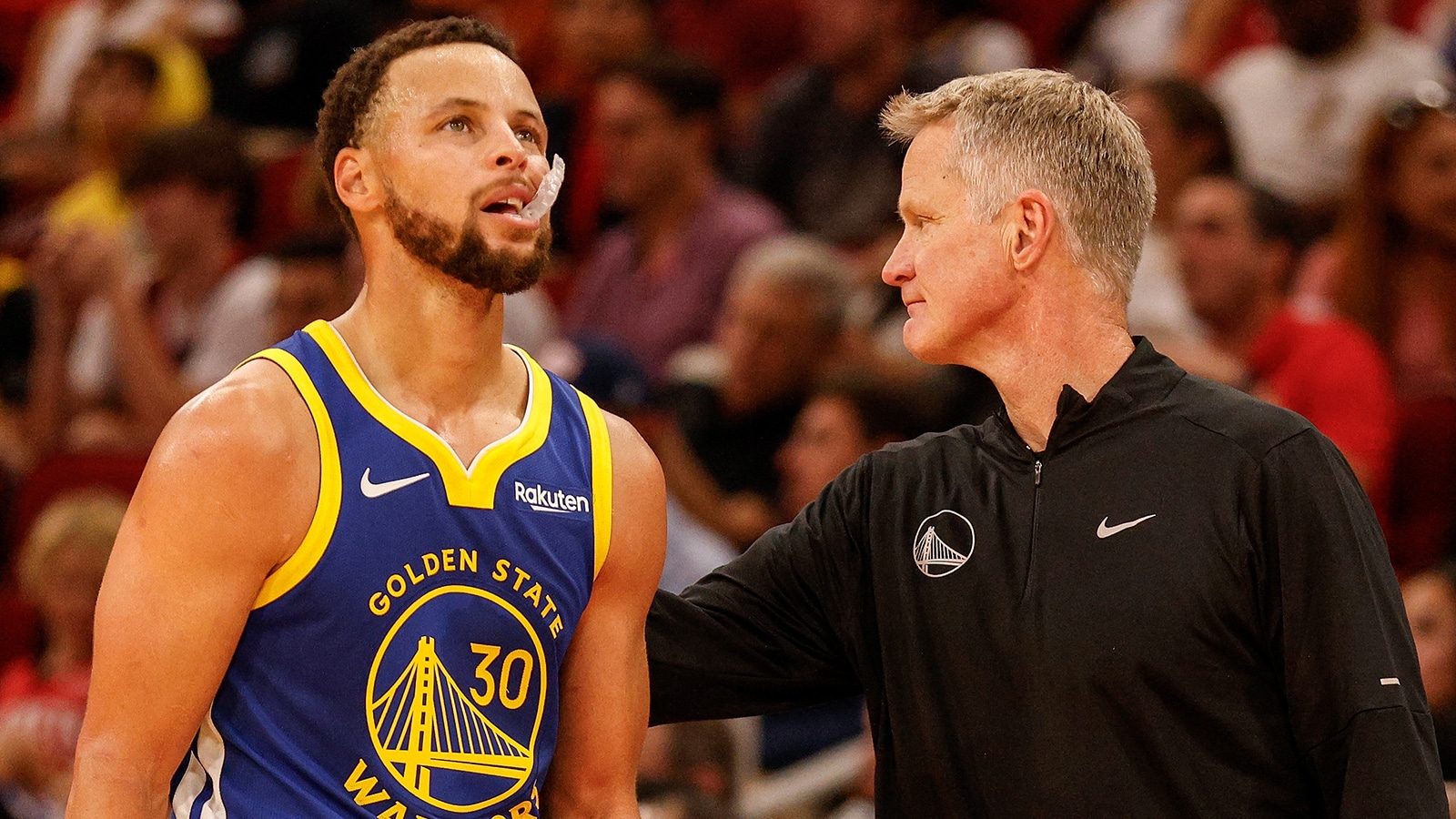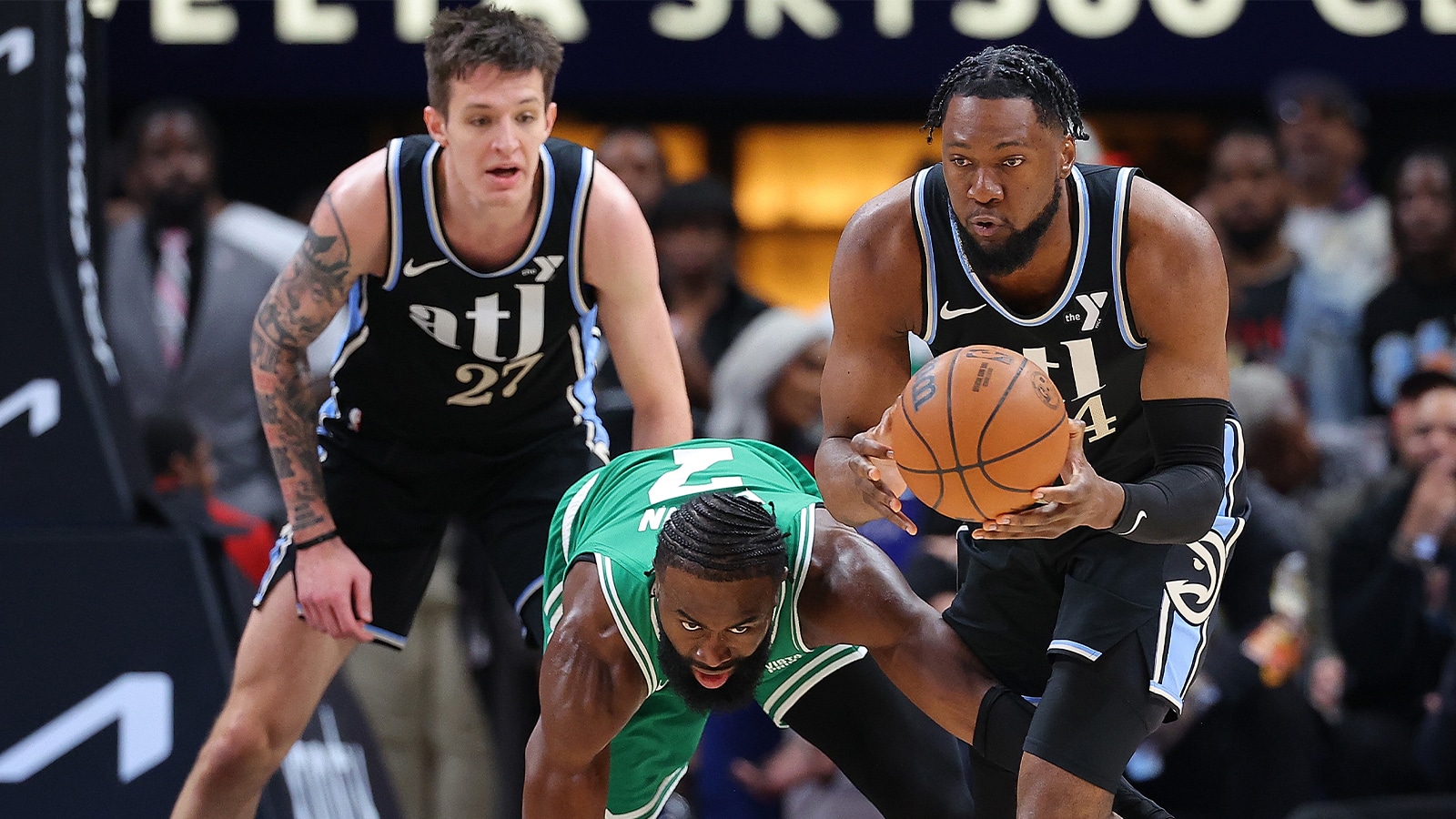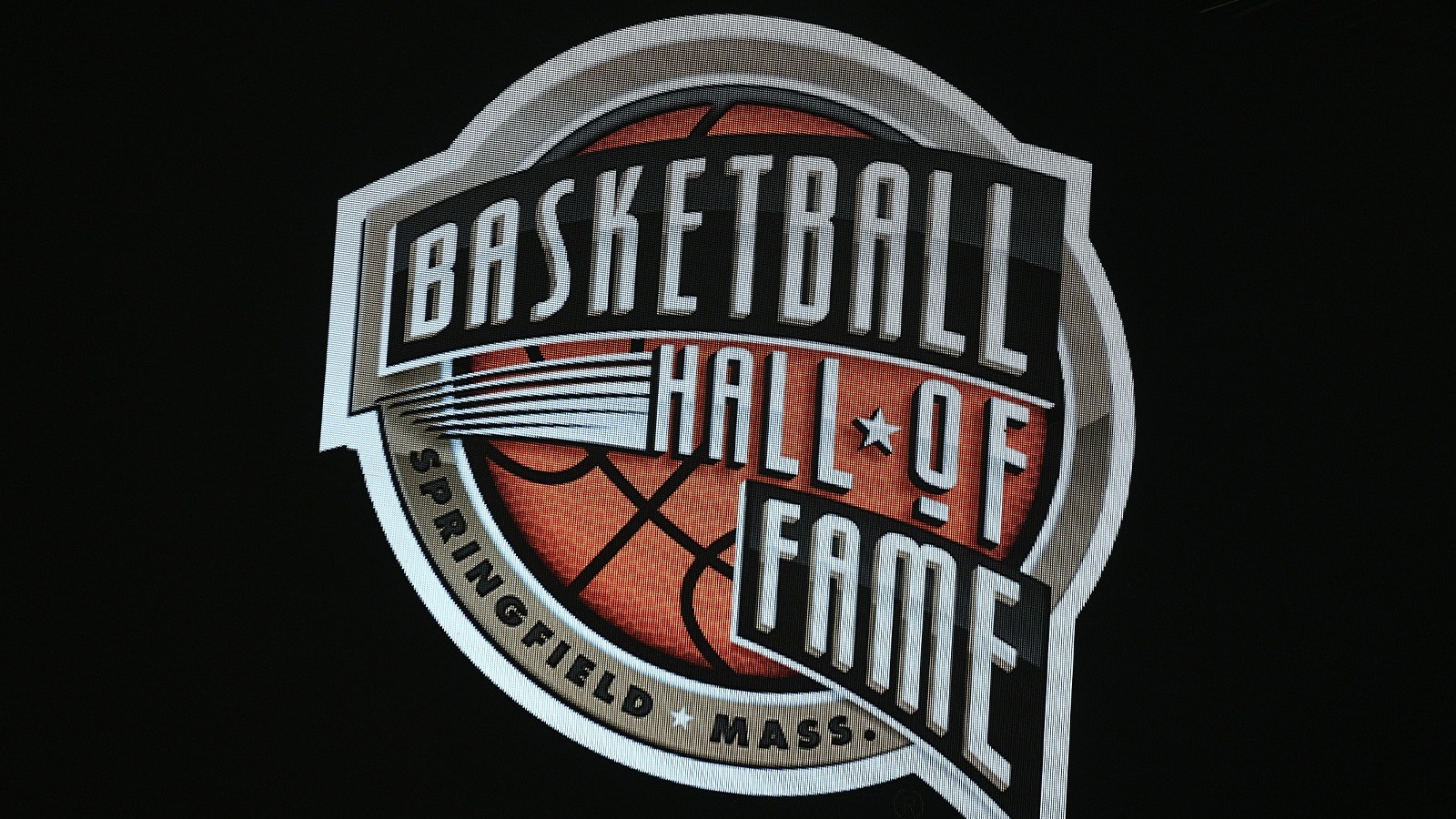
Declaring for the NBA Draft Isn’t a Simple Process
While every NBA player will have multiple memorable moments across the scope of their career, being drafted is always a highlight. At the risk of painting with a broad brush, athletes put countless hours of blood, sweat, and tears into reaching the Association; hearing your name get called means that your childhood dream has come true.
Beyond that effort and the long odds — consider how many basketball players take the court in NCAA action, let alone around the world — there’s another box that prospective pros must take: declaring for the NBA draft.
And while you might think that’s as simple as making a phone call or checking a box, there’s more to the process than you might think.
Let’s break it down.
Who is eligible to declare for the NBA Draft?
When you think about top-tier college basketball prospects, declaring for the NBA draft probably seems cut and dry. Everyone knows they intend to go pro, so they play a single season of college ball, announce their NBA intentions, and get drafted. Behind the scenes, though, there are some specific criteria that determine who can be selected on the big night.
The most-basic criterion is age, with the latest NBA Collective Bargaining Agreement (CBA) saying that players must be 19 years old by the date of the draft. While there’s been some chatter about changing that requirement — we’ll get to that shortly — it has remained in place.
In addition, a player must be at least one year removed from their high school graduation. That usually means playing a single season in college, but some players have blazed their own trail and played professional basketball overseas or with the NBA G League Ignite.
Both of those requirements have come under fire, as many view them as restrictions that prevent players from earning a living as soon as possible and artificially filter them through the NCAA ranks. It can also be argued that the “one and done rule,” as it’s widely known, is bad for college basketball since the top prospects simply view their collegiate engagements as a one-year stopover rather than a place to put down deeper roots. Commissioner Adam Silver has previously hinted that things could change on this front, but the rise of both alternative pathways to the NBA and name, image, and likeness (NIL) money have seemingly cooled things down on that front.
There are draft-related rule changes on the cards, though.
As detailed by ESPN, the 2023 NBA CBA made attending the draft combine a requirement; players will have to undergo a league medical examination, perform various tests, and meet with both teams and the media. Medical records will also be automatically be shared with teams based on the prospect’s pre-draft ranking, which will theoretically prevent players from trying to ensure they land with one club over the others by withholding information.
With that being said, though, there are exceptions. If a player can’t participate in the combine for a legitimate reason, like a family tragedy or a pre-existing basketball commitment, they won’t have to attend the combine. They will, however, have to perform all of the necessary obligations before being eligible to be drafted.
The new CBA will also remove automatic draft eligibility “for high school or collegiate players who sign professional contracts with entities such as G League Ignite, Overtime Elite (OTE) or the Australian NBL.” That’s designed to allow those players to enter the draft when they feel ready to make the jump; several players from those alternative pathways were automatically draft-eligible as teenagers and consequently went undrafted.
Both of those changes will go into effect in 2024.
Declaring for the NBA draft isn’t the end of the story
So, now that you’ve established you’re eligible for the NBA draft and declared your intentions of going pro, things are done, right?
Not so fast. There are still some remaining steps in the process.
Remember how the new CBA mandates attending the combine? Well, that will become an even more essential part of the draft process. While you could argue that it doesn’t matter for the truly elite names — you’re not going to pass up an elite talent because of an iffy strength test — but it would be naive to say those assessments can’t make a difference. When you’re a player on the verge of becoming a lottery pick, you’re going to do all you can to sell yourself.
Players can also take part in pro days, giving them another chance to show their skills. The increased focus on the combine, plus a CBA update setting strict scheduling criteria around those events, could make those showcases even less important moving forward.
When it comes to the draft process, though, there are some other wrinkles to be aware of.
First, you’ll hear of some players declaring for the draft without hiring an agent. While that might sound strange — why wouldn’t you want someone assisting you? — it was previously a way for an athlete to keep his NCAA eligibility intact. Those players can start the process, but if early indications suggest they aren’t highly regarded by NBA front offices, they can choose to return to college without an issue. These days, players can also technically sign with an agent, then terminate that agreement and continue playing NCAA ball, but that’s less commonly seen than briefly going it alone.
It’s also worth remembering that a player can theoretically refuse to sign with the team that drafts them. While it’s usually not risking your reputation before even entering the Association, it can happen. Some, for example, have suggested that the Charlotte Hornets traded Kobe Bryant because he had no intention of playing for the team.
Going undrafted doesn’t end your chances of NBA success
So, let’s say that you’re at least 19, are a year removed from high school, and attended the combine. That would make you eligable to be selected in the upcoming NBA draft. Not every athlete, however, will hear their name called on the big night.
While that reality can be crushing, it isn’t the end of the road.
Players who were eligible to be drafted are also eligible to sign with an NBA team as a free agent; they can also return to college provided they participated in the combine and inform the school promptly after the draft, but that’s not commonly seen. While it might take a stint in the G League or some time sitting on the end of the bench, plenty of pros have found their way into the Association after going undrafted. Fred VanVleet, Ben Wallace, Seth Curry, John Starks, and Udonis Haslem are all examples of that reality.
And, on the subject of Haslem, the Miami Heat have had plenty of success targeting those overlooked players. Their 2022-23 NBA Finals squad, for example, had seven undrafted players on the roster.
At the risk of trotting out a cliche, everything in life is a journey. When it comes to becoming a professional basketball player, declaring for the NBA draft is a key part of that process, even if your name isn’t called on the big night.



